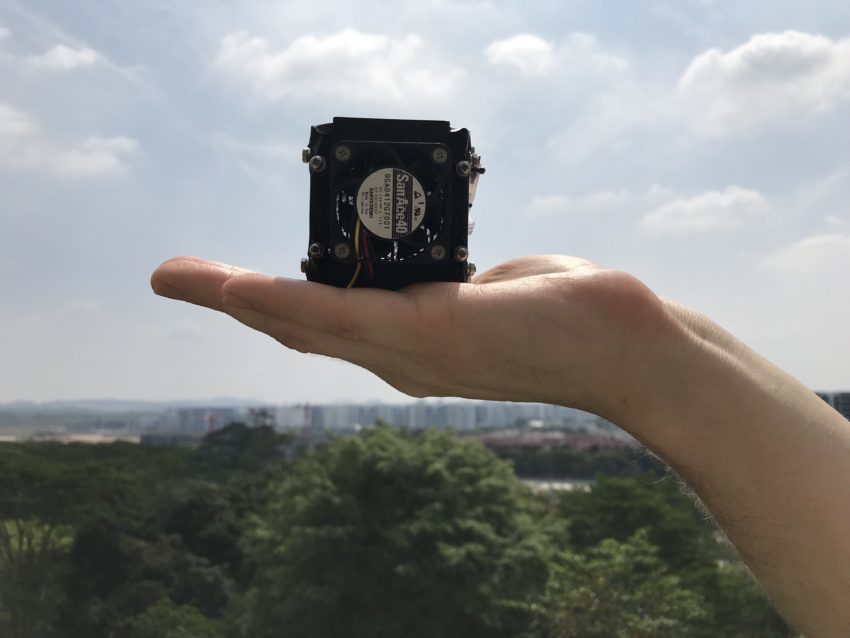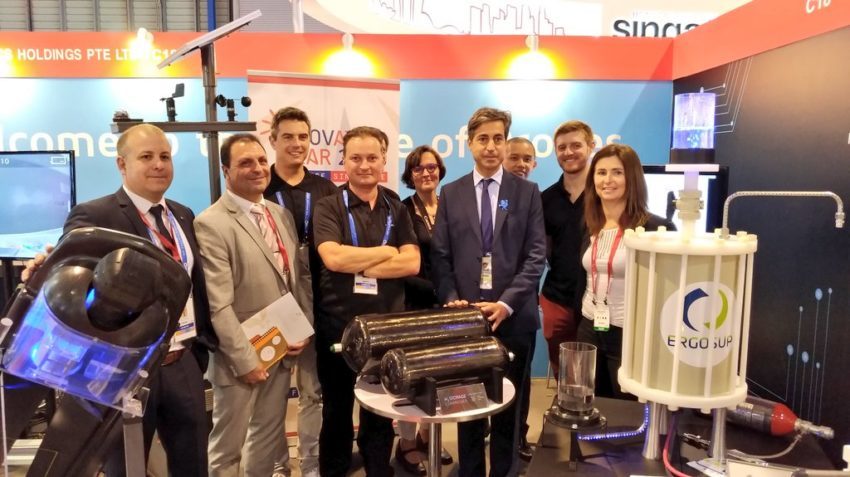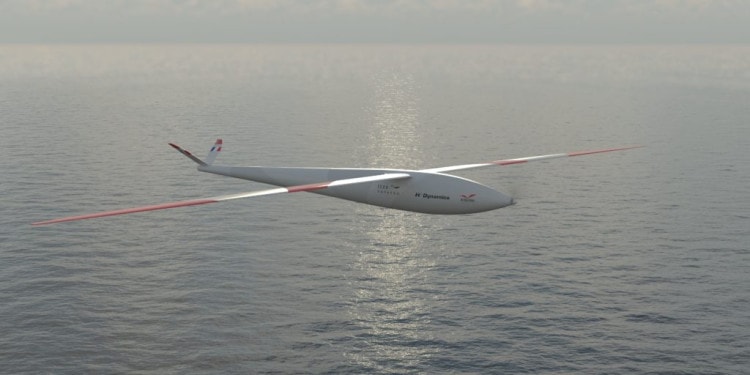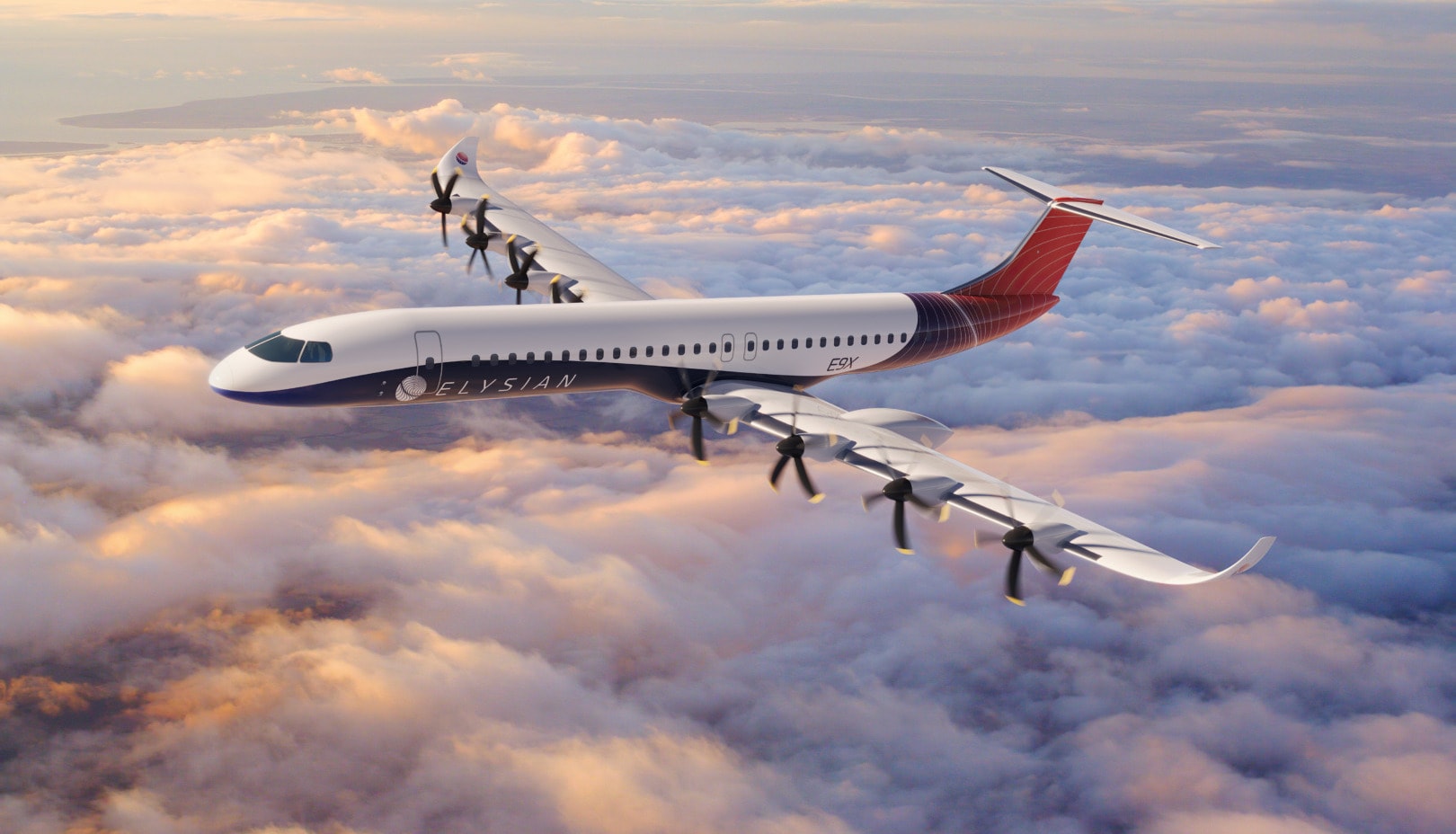In order to achieve better sustainability, we need to rethink the way we are moving around towards more green and eco-friendly models, and this is where HES Energy Systems comes in. Consider the situation. In the car industry the electrification process started a few years ago, and now there are fully electric cars available on the market; in the aviation industry, obviously, things are not going as fast. You might have read before on Impakter about companies including Zunum Aero, Ampaire, Pipistrel and Equator: they are all working on hybrids or a fully electric planes. Some of them already fly, but the challenge for all of them, as of now, is related to batteries: batteries weight and the limited range they offer.
What could be a possible solution? According to HES Energy Systems, a French-Singaporean company, the solution could be using hydrogen and fuel cells. HES Energy Systems is not new to this kind of technology: when they started in 2003 they where producing tiny fuel cells, but now they scaled up their products and is among the world leaders in the industry.
To learn more about HES Energy Systems projects, including the FLY-HY Hydrogen Electric Flying Alliance, and the challenges related to using hydrogen, today we are speaking with HES CEO, Taras Wankewycz.
Can you share with us a bit of the story of HES Energy Systems? In what fields does your company normally operate?
Taras Wankewycz: HES Energy Systems was founded in Singapore in 2009, as the aerospace focused subsidiary of Horizon Fuel Cell Technologies, which itself was started in 2003.
Parent company Horizon Fuel Cell started its journey by selling tiny “micro” fuel cell products initially as science kits for kids and miniature real-working hydrogen cars and solar hydrogen refueling systems. This same company has since scaled up and 15 years later it is selling multi-kilowatt fuel cells to real-size electric cars, trucks and bus manufacturers in the massive electric vehicle market that is China (About 50% of all electric vehicles, and 99% of all electric buses in the world are in China).
During Horizon’s evolution, various products and markets were developed, including one specific area in Aerospace/Defense – since one of the early capabilities was to build super light fuel cells in combination with new lightweight hydrogen energy storage solutions. A new official world distance record was set in 2007 by a NASA-backed team in the US for a 5kg electric-powered unmanned aircraft, powered by the company’s super compact and lightweight fuel cells.
With lighter on-board energy, comes longer electric-powered flight duration. Since then, several leading UAV developers from around the world began approaching HES to adapt HES technology to a number of UAV platforms. To further focus on this specialized area, in 2009 a separate subsidiary was created in Singapore called HES Energy Systems. Similarly to its parent company’s unique strategy of starting with toy car miniatures and building itself towards supplying real-size cars – HES’ vision is to change the game in manned electric aviation by starting today with much smaller, unmanned aircraft.
Over the years HES has worked with government agencies, universities, global aerospace companies, and evolved our technologies to include hydrogen on demand storage systems, using various chemical hydrid materials to solve challenges relating to hydrogen logistics.
In 2015, HES was acquired by H3 Dynamics Group (involved with robotics, remote sensing and Artificial Intelligence) moving HES from supplying fuel cells to a specialist market, to developing its own line of fuel cell integrated drones and remotely operated robots – complete with on-site hydrogen solutions.

In the Photo: Ultralight and ultracompact custom-made fuel cell, by HES Energy Systems. Photo Credit: HES Energy Systems
What do you want to achieve with the FLY-HY Hydrogen Electric Flying Alliance? What are the main goals of this project?
Taras Wankewycz: FLY-HY is the starting point for HES’ broader vision in hydrogen-electric aviation. HES is convinced, together with other stakeholders around the world, that electric-powered aviation will involve a much lighter electrical energy storage solution than what batteries offer today and one which is quick to recharge or refuel. To provide longer electric flight duration – Hydrogen, the lightest and most energy dense element in the universe, will play an integral part in this solution.
However this is a technically challenging and difficult topic. HES recognized that achieving the vision will require new forms of international cooperation. Unlike more traditional “big” corporate innovation programs with larger and slower moving aerospace firms however, HES believes in faster-moving, cross-border innovation with other like-minded startups that bring complementary skill sets and know-how to the table.
One of the key objectives for Fly-Hy is to establish a complete value chain in the hydrogen-electric drone space as a starting point. This means putting all the right pieces together, from innovative drone developers, to fuel cell systems and propulsion developers and refueling systems innovators together as one global team going after a new global market segment.
Fly-Hy is nested in the 2018 France-Singapore Year of Innovation and thus brings together HES of Singapore, 2 French hydrogen sub-systems and refueling systems companies, and one French drone developer. At the end of 2019, we expect the alliance to begin marketing a complete system of hydrogen-electric aircraft, and practical hydrogen refueling systems for on-site, remote deployments.
Fly-Hy also intends to build educational events around hydrogen-electric flight to begin a movement at University level, to bring awareness about the prospects of the technology requiring new forms of aircraft design. It will put together special events to create global milestones on our pioneering advancements as a society towards long-range electric aviation, using hydrogen as a storage method.
What are the most important advantages of using hydrogen? What are the challenges related to it?
Taras Wankewycz: Looking through the aviation lens, the most important advantage of hydrogen is that it holds the most amount of energy per weight compared to any other element. It’s the traditional rocket fuel. Today’s aviation industry is powered by kerosene, which is burned in vast quantities inside reactor engines. Although hydrogen is lighter, the challenge is that it takes quite a bit of room for the same amount of energy to be stored. But when considering electric flight, much of which is only considering batteries for the moment – hydrogen fuel cells are still a better option. This has already been proven in the electric unmanned flight segment (drones), where hydrogen-electric flight duration can be increased by a factor of 5 to 10 over battery-electric flight.
Lightweight hydrogen is a possibility for longer electric flights, and this is a new area that the broader industry is just starting to look into. Fuel cells would not burn hydrogen, they would simply convert hydrogen to water and electricity, with no moving parts. Hydrogen is a zero-carbon fuel: no CO2 emissions in flight at all. Hydrogen refueling is so much faster and safer than charging massive banks of lithium batteries. Last but not least, safety could potentially be improved since today’s plane passengers sit on tons of flammable kerosene that can form puddles and soak into textiles. Hydrogen is also flammable, but disperses in milliseconds into the atmosphere.
Some challenges remain, such as space available for the fuel, and hydrogen logistics. Innovation in aircraft design would be required. Compromises would need to be made in aerodynamics to accommodate for lighter, but more voluminous designs.
Refueling infrastructure would be similar to the one being developed for automobiles today. To support HES’ starting market, given that the aircraft are very small – the company is already developing solutions for on-site refueling, which only need small quantities of hydrogen.

In the Photo: Fly-Hy Alliance partners, at Singapore Airshow 2018. Photo Credit: HES Energy Systems
You are partnering with leading aerospace institutes, aircraft and UAV developers around the world. What do these strategic partners bring to your project? How soon do you believe your project could be applied directly to their industry?
Taras Wankewycz: Coming from the fuel cell space, it took us many years to understand the constraints demanded by our end-users and clients. Working with leading aircraft developers, mainly unmanned so far, placed us at the frontier edge of this industry with some of the world’s best R&D teams interacting with us on a daily basis.
We have learned a lot and were able to adapt our products to the requirements of this specific industry. We were able to learn about altitude issues, take-off and landing challenges, aerodynamic constraints, air-flow challenges, the impact of weather, etc. etc. The real world in flight is what we are interested in overcoming, so working with the developers of aircraft helps us shape our technology and products in the most optimal way.
In some sense, our developments are already applied to their industry, especially in the unmanned segment and smaller platforms. Some of these are coming to market slowly but surely, due to the extensive testing that is going on and that typically takes years to complete.
Do you believe it will be possible to apply the same or similar technology in the VTOL – Vertical Take-off and Landing Vehicles – industry?
Taras Wankewycz: It is indeed possible to think about VTOL as technologies continue to evolve. We are working on miniature VTOLs (multi-rotors) now and are able to show massive improvements on flight duration, but it’s a much more challenging application given the power requirement is so much higher and constant. We do see flying taxis of the future as a possibility since currently the battery powered options right now have an extremely short flight duration, which limits the opportunity for manned flight.

In the Photo: The Hycopter, hydrogen-powered multi-rotor developed by HES Energy Systems. Photo Credit: HES Energy Systems
How important is sustainability for you personally? Was sustainability in your mind when your company decided to use hydrogen?
Taras Wankewycz: Before starting both HES and its former parent company Horizon, sustainability was at the heart of several challenges and personal passion.
One challenge was how to bring this sustainable, yet expensive technology to the market and build a profitable business out of it. Another challenge was how to make the world a better place with lower carbon technologies entering various parts of society step by step. One of the Horizon spin-offs (Horizon Educational Group) dedicates itself to Renewable Energy education in combination with STEM. The goal is to ensure that the next generation of young engineers grows a passion for hydrogen and renewable technologies, some of which may bring this passion into multiple industries such as aerospace or automotive.
Now that we have proven that we can go from small applications to larger ones in automotive, I feel it is possible to do the same in aviation – starting with drones and small unmanned aircraft to build experience and know-how. Air travel has increased dramatically in the past 20 years and carbon emissions generated from aviation represent 2.5% of our total output as humans, potentially rising to 22% by 2050. We at HES are therefore looking forward to gradually attacking this problem with our technologies, step by step.














